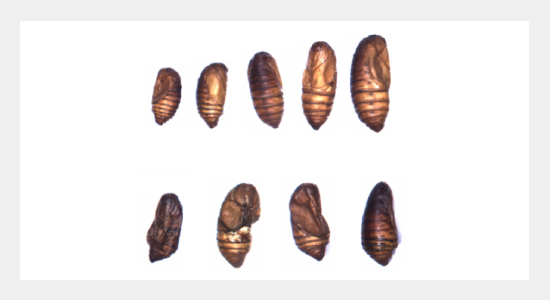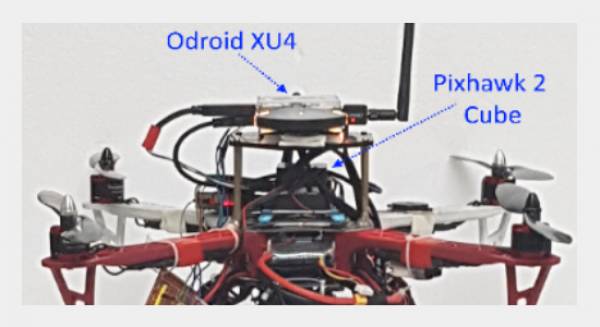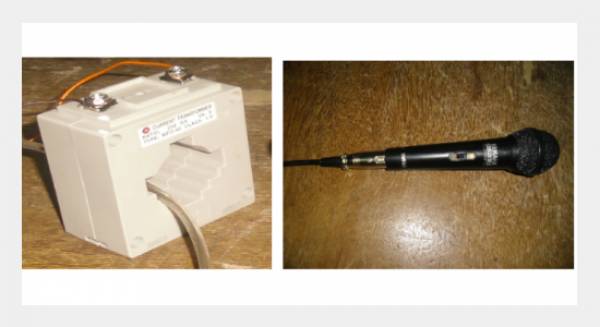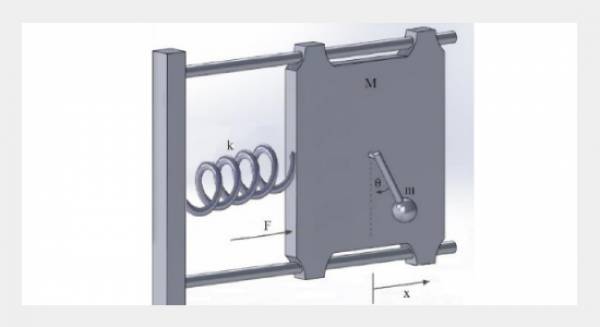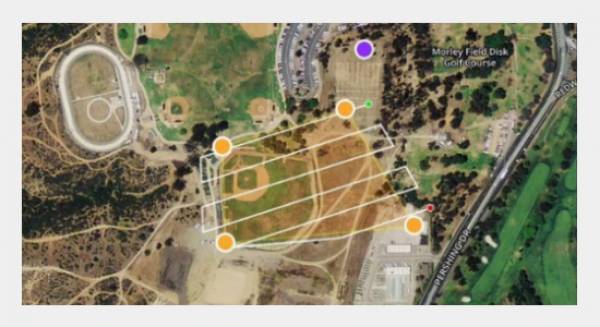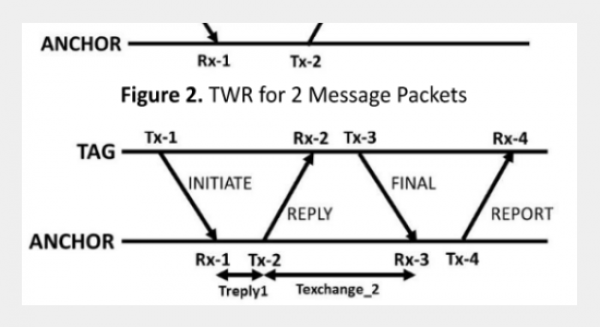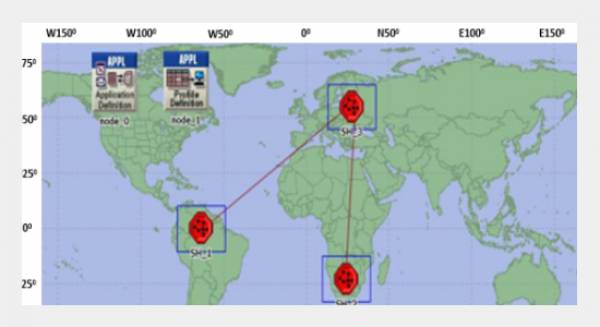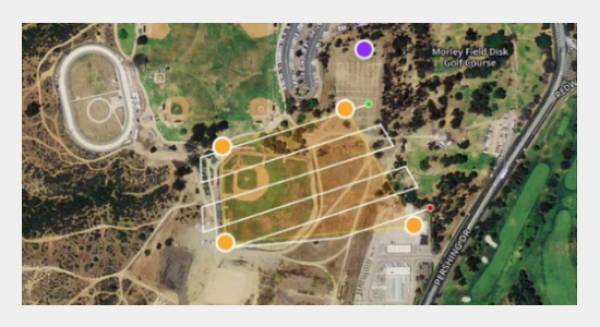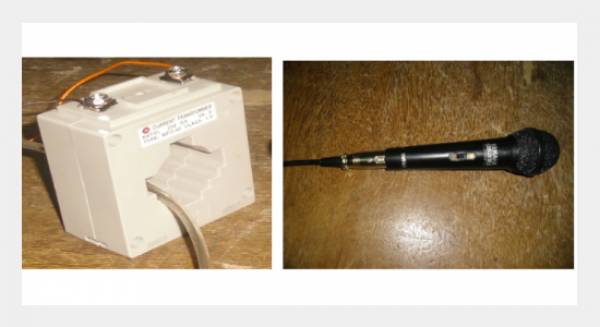REFERENCES
- T. Longvah, K. Mangthya, and P. Ramulu, “Nutrient composition and protein quality evaluation of Eri silkworm (Samia ricinii) prepupae and pupae,” Food Chemistry, vol. 128, no. 2, pp. 400–403, 2011. https://doi.org/10.1016/j.foodchem.2011.03.041
- D. Kumar, P. Dev, and R.V. Kumar, “Biomedical applications of silkworm pupae proteins,” in Biomedical Applications of Natural Proteins, D. Kumar, R. Kundapur, Ed. New Delhi: Springer, 2015, pp. 41-49.
- S. Chukiatsiri, and W. Hangtrakul, “Biological activities of protein extracts from silkworm pupae against noncommunicable diseases,” in proceedings of 6th International Conference on Biochemistry and Molecular Biology (BMB2018), Rayong, Thailand, June 20-22, 2018, pp. 1-11.
- P. Vaithanomsat, and C. Punyasawon, “Process optimization for the production of Philosamia ricini (Eri silk) pupae hydrolysate,” Kasetsart Journal - Natural Science, vol. 42, no. 2, pp. 341–352, 2008.
- C. Srikaew, and S. Songsermpong. “Eri silkworm pupae processing,” in proceedings of 50th Kasetsart Annual Conference, Bangkok, Thailand, Jan. 31 – Feb. 4, 2012, pp. 234–243.
- K. Kanjanawanishkul, P. Srinuan-on, P. Thammakit and J. Chinnakotr, “A rotary drum screen with internal screw flights for Eri silkworm pupae,” in proceedings of 2nd International Conference on Mechatronics and Mechanical Engineering, Singapore, Sept. 15-16, 2015, pp. 02003-p.1-4. https://doi.org/10.1051/matecconf/20153402003
- S. Dubey, and A. Jalal, “Application of image processing in fruit and vegetable analysis: A review,” Journal of Intelligent Systems, vol. 24, no. 4, pp. 405-424, 2015. https://doi.org/10.1515/jisys-2014-0079
- M. Saberioon, A. Gholizadeh, P. Cisar, A. Pautsina, and J. Urban, “Application of machine vision systems in aquaculture with emphasis on fish: state‐of‐the‐art and key issues”, Review in Aquaculture, vol. 9, no. 4, pp. 369-387, 2017. https://doi.org/10.1111/raq.12143
- J. Ma, D. Sun, J. Qu, D. Liu, H. Pu, W. Gao, and X. Zeng, “Applications of computer vision for assessing quality of agri-food products: A review of recent research advances,” Critical Reviews in Food Science and Nutrition, vol. 56, no. 1, pp. 113-127, 2016. https://doi.org/10.1080/10408398.2013.873885
- J.R. Cai, L.M. Yuan, B. Liu, and L. Sun, “Nondestructive gender identification of silkworm cocoons using X-ray imaging with multivariate data analysis,” Analytical Methods, vol. 6, no. 18, pp. 7224–7233, 2014. https://doi.org/10.1039/C4AY00940A
- S. Sumriddetchkajorn, C. Kamtongdee, and S. Chanhorn, “Fault-tolerant optical-penetration-based silkworm gender identification,” Computers and Electronics in Agriculture, vol. 119, pp. 201–208, 2015. https://doi.org/10.1016/j.compag.2015.10.004
- Z. Zhu, H. Yuan, C. Song, X. Li, D. Fang, Z. Guo, X. Zhu, W. Liu, and G. Yan, “High-speed sex identification and sorting of living silkworm pupae using near-infrared spectroscopy combined with chemometrics,” Sensors and Actuators B: Chemical, vol. 268, pp. 299-309, 2018. https://doi.org/10.1016/j.snb.2018.04.093
- V. Mahesh, A. Raj, and T. Celik, “Silkworm cocoon classification using fusion of Zernike moments-based shape descriptors and physical parameters for quality egg production,” International Journal of Intelligent Systems Technologies and Applications, vol. 16, no. 3, pp. 246–268, 2017. https://doi.org/10.1504/IJISTA.2017.10006002
- A. Raj, R. Sundaram, V. Mahesh, Z. Zhuang, and A. Simeone, “A multi-sensor system for silkworm cocoon gender classification via image processing and support vector machine,” Sensors, vol. 19, no. 12, 2019. https://doi.org/10.3390/s19122656
- G. Bej, A. Akuli, A. Pal, T. Dey, and N. Bhattacharyya, “Quality inspection of cocoons using X-ray imaging technique,” in proceedings of International Conference on Control, Instrumentation, Energy and Communication, Calcutta, India, Jan. 31 – Feb. 2, 2014, pp. 106-110. https://doi.org/10.1109/CIEC.2014.6959059
- P. Prasobhkumar, C. Francis, and S. Gorthi, “Automated quality assessment of cocoons using a smart camera based system,” Engineering in Agriculture, Environment and Food, vol. 11, no. 4, pp. 202-210, 2018. https://doi.org/10.1016/j.eaef.2018.05.002
- M. Liu, R. Xu, X. Yan, F. Li, Y. Yan, Z. Song, and H. Song, “Cocoon image segmentation and stained cocoon detection based on watershed algorithm and color line chart,” International Agricultural Engineering Journal, vol. 27, no. 3, pp. 356-363, 2018.
- G. D’Angelo, and S. Rampone, “Shape-based defect classification for non destructive testing,” in proceedings of 2015 IEEE Metrology for Aerospace (MetroAeroSpace), Benevento, Italy, June 4-5, 2015, pp. 406–410. https://doi.org/10.1109/MetroAeroSpace.2015.7180691
- R. Gonzalez, and R. Woods, Digital image processing, 4th ed. New York: Pearson Education, 2018.
- M. Thilagavathi, and S. Abirami, “Study of neural network training algorithms in detection of wood surface defects,” International Journal of Automation and Smart Technology, vol. 9, no.3, pp. 107 – 113, 2019. https://doi.org/10.5875/ausmt.v9i3.1924


